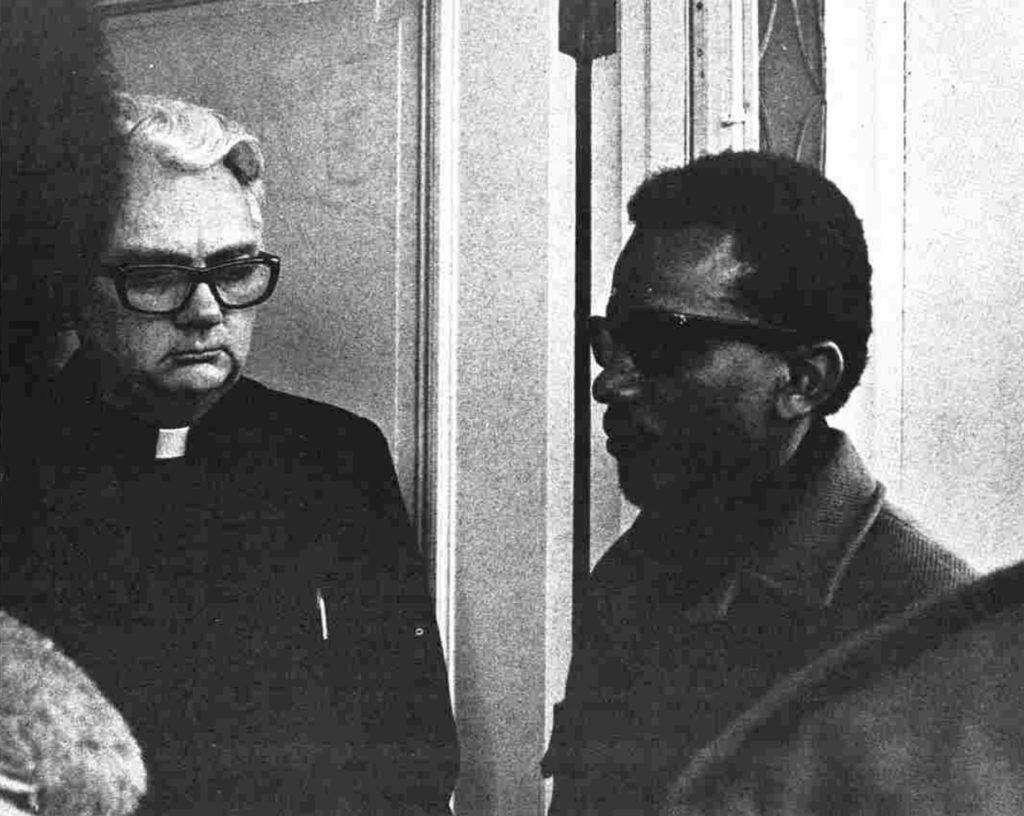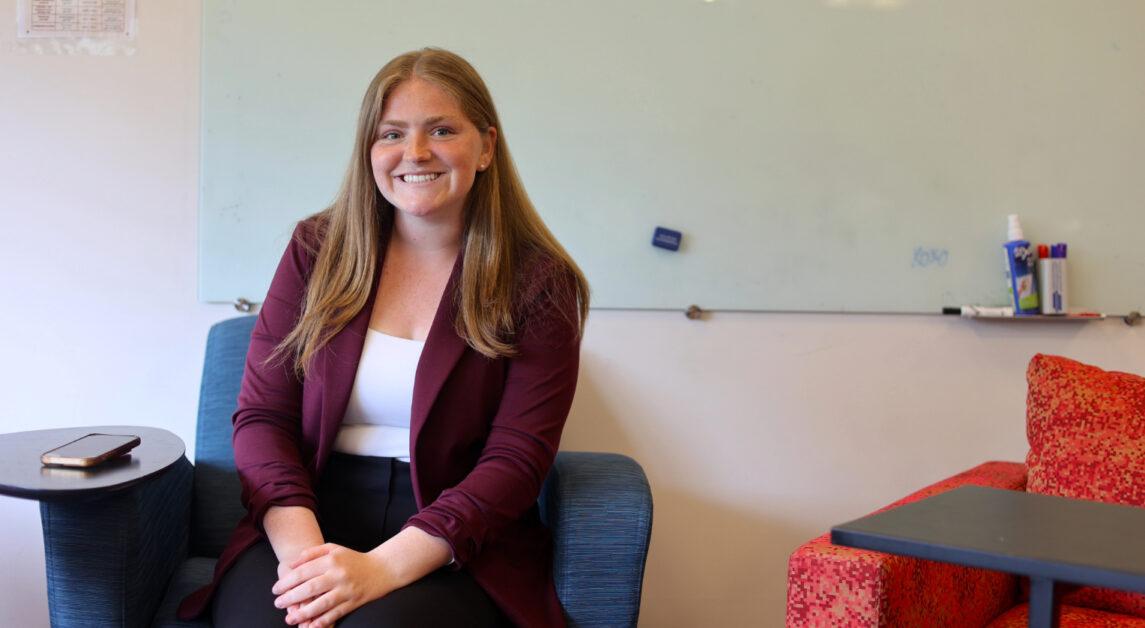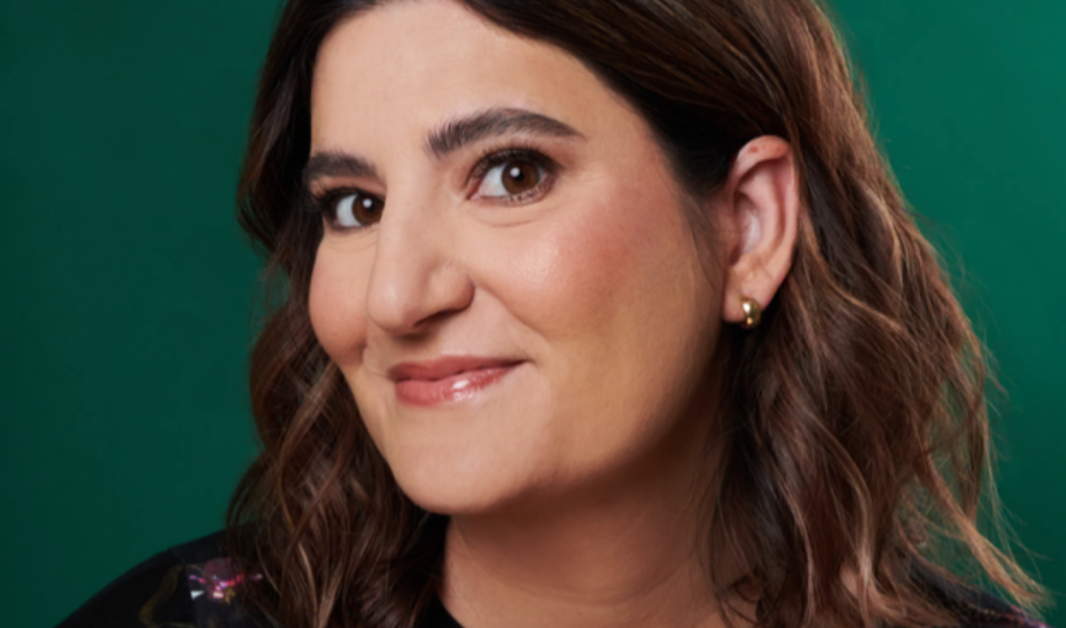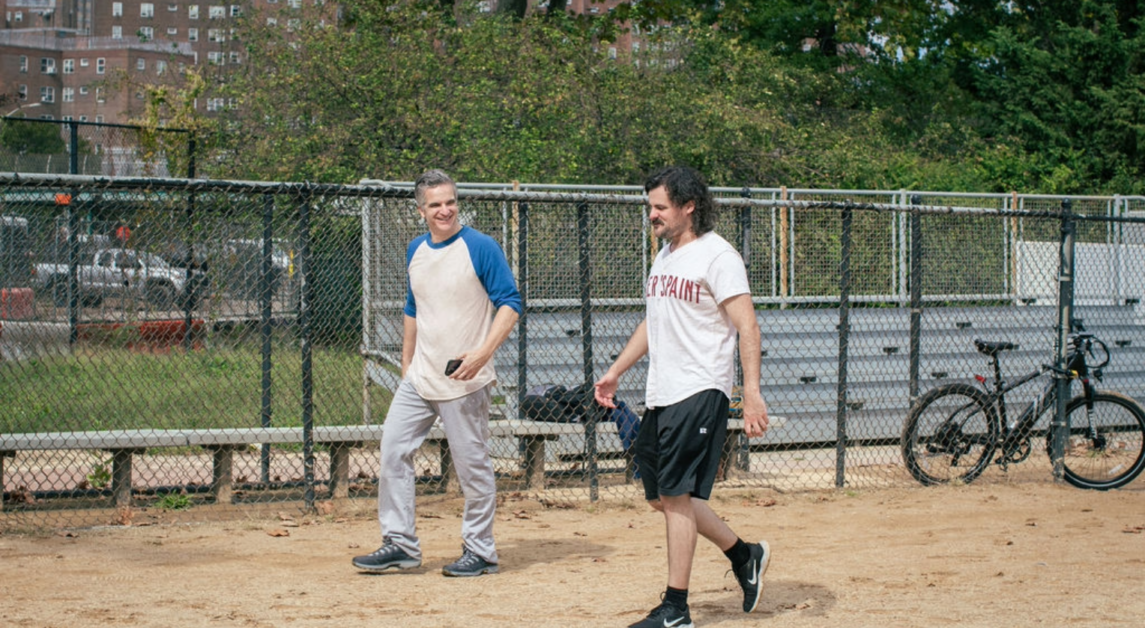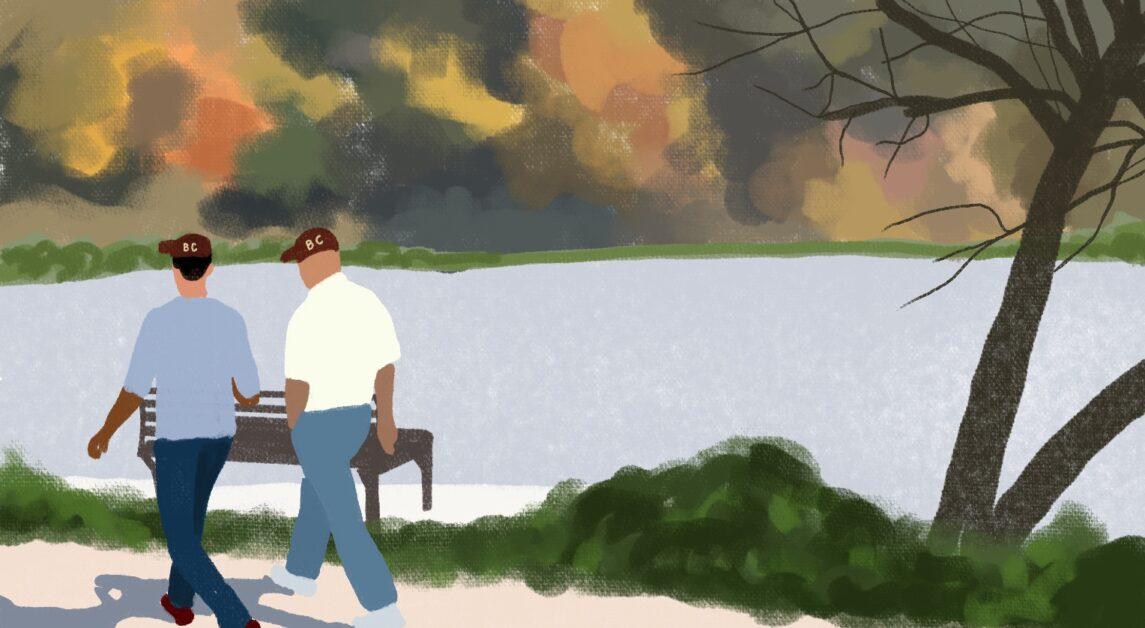Casper Augustus Ferguson, BC ’37, was Boston College’s first black student. While other universities in the Boston area had been accepting black students since the 1800s, BC accepted Ferguson in 1933. In the next 10 years, BC graduated six other black students. While Georgetown University hired its first black faculty member in 1868, BC hired theirs in 1949.
During the middle of the 20th century, racism and bigotry were extremely prevalent throughout the United States—and BC felt the impact. While some students and faculty members insisted that Jesuit values didn’t line up with segregation policies, apathy toward AHANA+ students on campus remained prevalent. To combat this, students and faculty pushed forward on certain initiatives. In 1966, through the Office of Economic Opportunity, BC hosted “Upward Bound,” a program that brought black juniors and seniors in high school to preparatory workshops on campus. In 1967, a group of 12 students started “Alternative,” a program to bring attention to racial violence. And in 1969, the Black Forum, which would later become known as the Black Student Forum (BSF), staked its place as a club on campus.
Since opening its doors in 1863, Boston College has broadened its student body from just white Irish Catholic men to women and AHANA+ students, taking strides to make the campus more inclusive. Still, many students feel as though the University can do more for the black student population, as was shown in the 2017 Silence is Still Violence demonstration, in which over 2,000 students and faculty marched to protest racism on campus. Hosted by the Undergraduate Government of BC and FACES, the march was an example of the initiatives these organizations, and others, have taken on campus to have the voice of the students heard.
Since its inception, BSF has been providing a voice to AHANA+ students on campus and has been pushing BC to be a place of inclusivity. In an article in The Heights in January of 1969, members of the Black Forum described the club’s goals.

